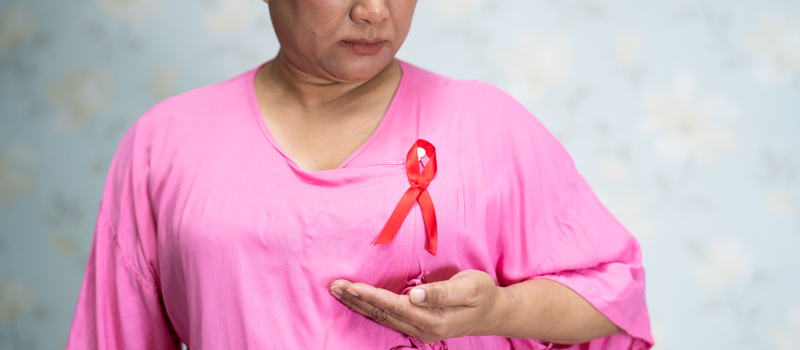
Breast cancer is a life-threatening disease that affects millions of women worldwide. It is a cancer that occurs in the breast tissue and can spread to other parts of the body if not diagnosed early. In this blog, we will discuss the importance of early diagnosis of breast cancer, its symptoms, risk factors and treatment options.
Early diagnosis is very important in the fight against breast cancer. If diagnosed early, breast cancer can be treated effectively and the chance of survival is high. In fact, according to the American Cancer Society, the five-year survival rate for women with breast cancer is nearly 100 percent.
Here are some steps you can take:
Get a mammogram: A mammogram is a low-frequency x-ray of breast tissue. It's the best way to detect cancer in its early stages. Women 40 and older should get a mammogram every year.
Do a breast self-exam: A breast self-exam can help you detect changes in your breast tissue. Check your breasts for lumps, thickness, or changes in size or shape.
Get a breast exam: A breast exam is an examination of your breasts by a doctor. It can help identify abnormalities in your breast tissue.
Knowing the signs of breast cancer is important, as is early detection. Here are some common symptoms to watch out for:
While anyone can get breast cancer, some women are at higher risk. Here are some risks to watch out for:
If you are diagnosed with breast cancer, there are many treatment options. Here are some of the most common treatment options:
Breast cancer is a serious disease that affects millions of women worldwide. Early detection is key to survival, and there are several steps you can take to detect cancer early. Learn the symptoms of breast cancer and your risks. There are many treatment options if you are diagnosed with breast cancer. Remember, breast cancer is not a death sentence, and with early detection and treatment, you can survive and thrive.